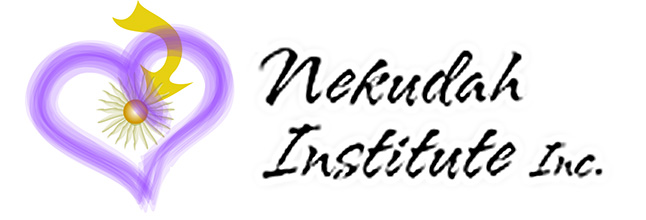
Meditational map of the 100 sounds of the Shofar
Giclee Fine Art Print on high quality fine art paper
84 x 59 cm
$250 (includes shipping)
On Rosh Hashana we blow the shofar 100 sounds during the prayer service.
The 100 sounds of the shofar are associated with 100 aspects of love within ourselves. The pattern of the sounds is discussed in great detail in the Kabbalah, and is rooted in spiritual aspects of our inner consciousness called Sefirot.
In a simple understanding, the 1st sound of the shofar represents the lowest level of having love only for oneself. Each progressive sound of the shofar represents higher levels of spiritual development of having more and more love for everyone. The final extra long sound of the tekia gedola represents attaining the spiritual consciousness of complete unconditional love.
In one of the many kavanot (meditations) of the shofar blowing, the sounding of the shofar is associated with the aspects of right, left, center, and oneness. In Kabbalistic spiritual language, the aspects of right, left, and center are not directions in space, but rather represent spiritual states of consciousness.
Right corresponds metaphorically to our experience of thankfulness and our aspect of giving.
Left corresponds metaphorically to our experience of lack and our aspect of receiving.
Center is the balance and harmony of right and left.
Oneness is the spiritual realization of unconditional love and infinite goodness.
These 4 stages of consciousness correspond to the 4 letters of the Divine Name י-ה-ו-ה.
The kavanot of the shofar blowing breaks down on one simple level into the 4 aspects as follows:
tekia————long sound———right/giving———י
shevarim——3 sounds————left/receiving——ה
terua————9 sounds————center/harmony—ו
tekia gedola—extra long sound—oneness————ה
When we count 100 sounds, tekia, shevarim, terua, and tekia gedola each count as 1 sound.
This painting depicts the 100 sounds of the shofar, starting from the bottom of the painting and progressing upwards. One triangle represents the whole sound of the tekia. 3 triangles represent the 3 sounds of the shevarim. 9 triangles represent the 9 short sounds of the terua. The large triangle represents the extra long sound of the tekia gedola.
The long whole sound of the tekia is associated with giving. The 3 broken sounds of the shevarim are associated with receiving. The 9 sounds of the terua are associated with harmony.
In addition to the shevarim being associated with receiving, it contains 3 sounds which correspond to all 3 aspects of giving, receiving, and harmony.
In addition to the terua being associated with harmony, its 9 sounds correspond to giving, receiving and harmony of giving + giving, receiving and harmony of receiving + giving, receiving and harmony of harmony.
The right column is discussed in the Kabbalah as the consciousness of our hearts overflowing with thankfulness. This corresponds to the sound of the tekia, which is a whole sound.
The left column corresponds to the sound of the shevarim which is the 3 broken cries of the shofar, our feelings of brokenness and lack.
The center column corresponds to the terua, whose sound is so broken that it is whole. The central column is associated with faith and prayer.
It is taught in the Kabbalah that when we reach our truest prayer of the heart, all our brokenness is brought to wholeness in the realization of complete oneness and unconditional love at the root of all creation.
